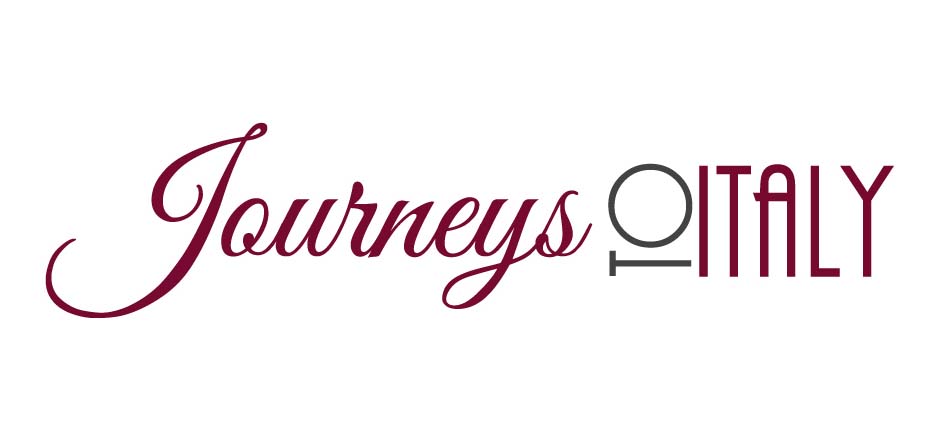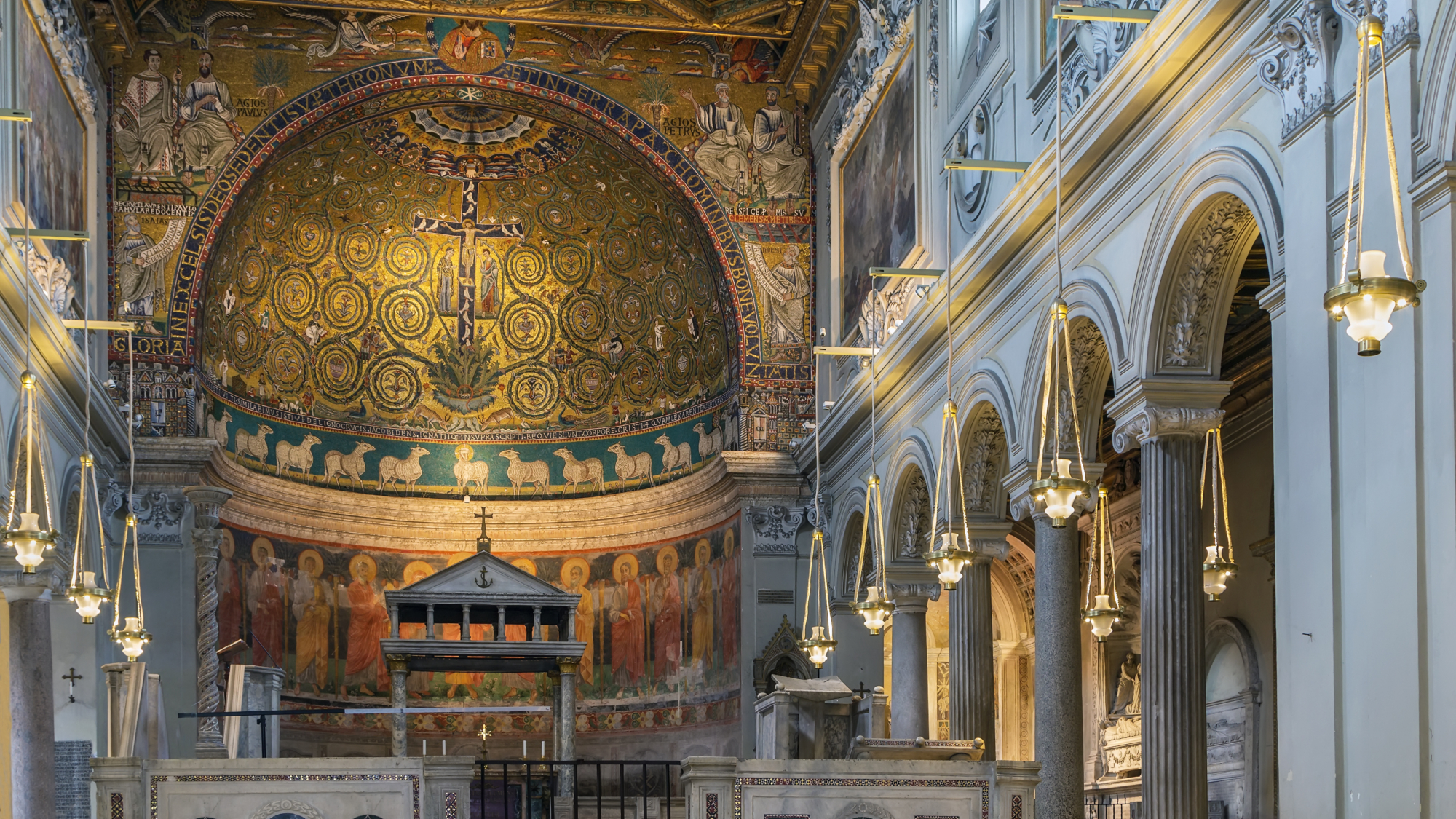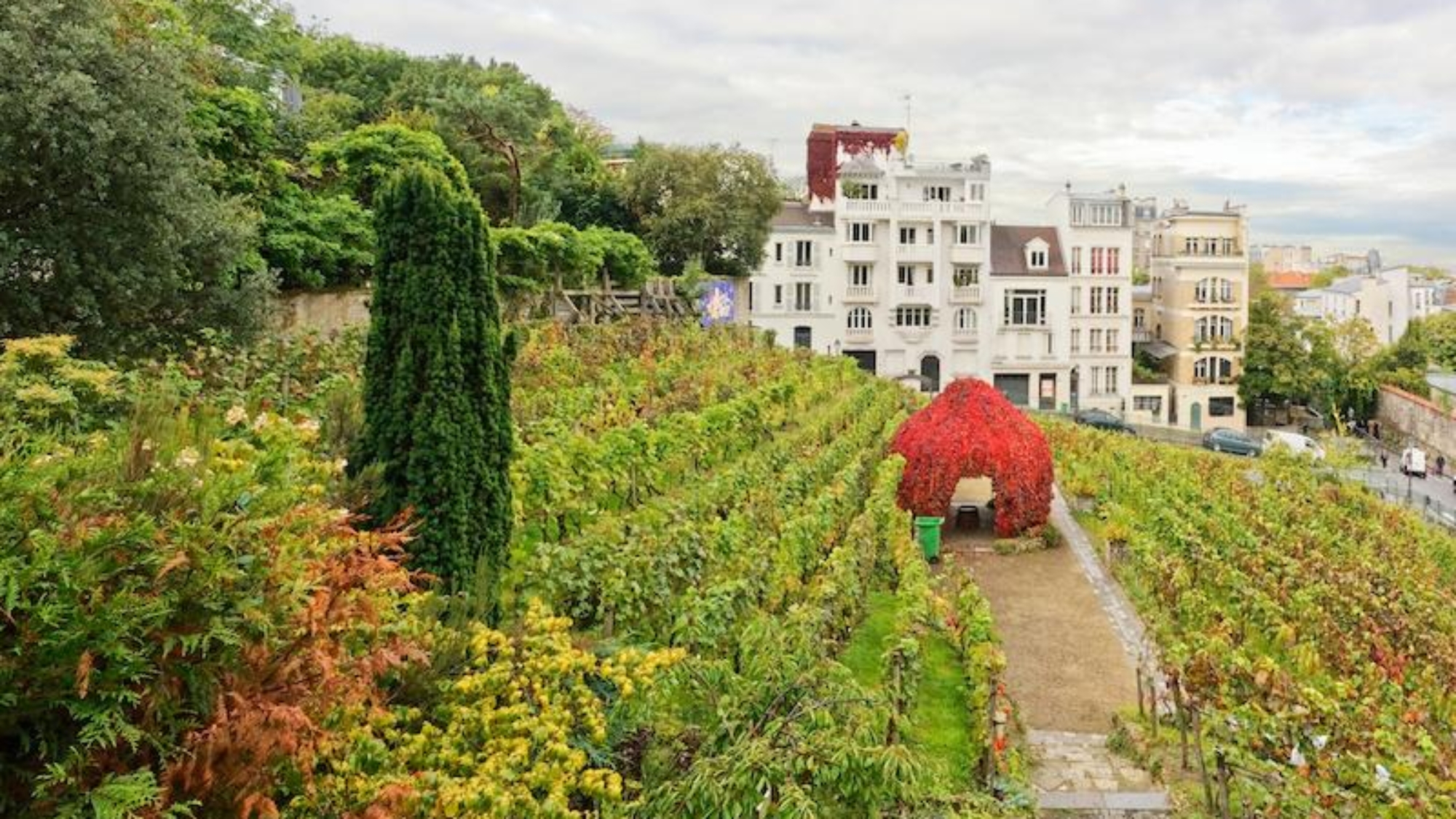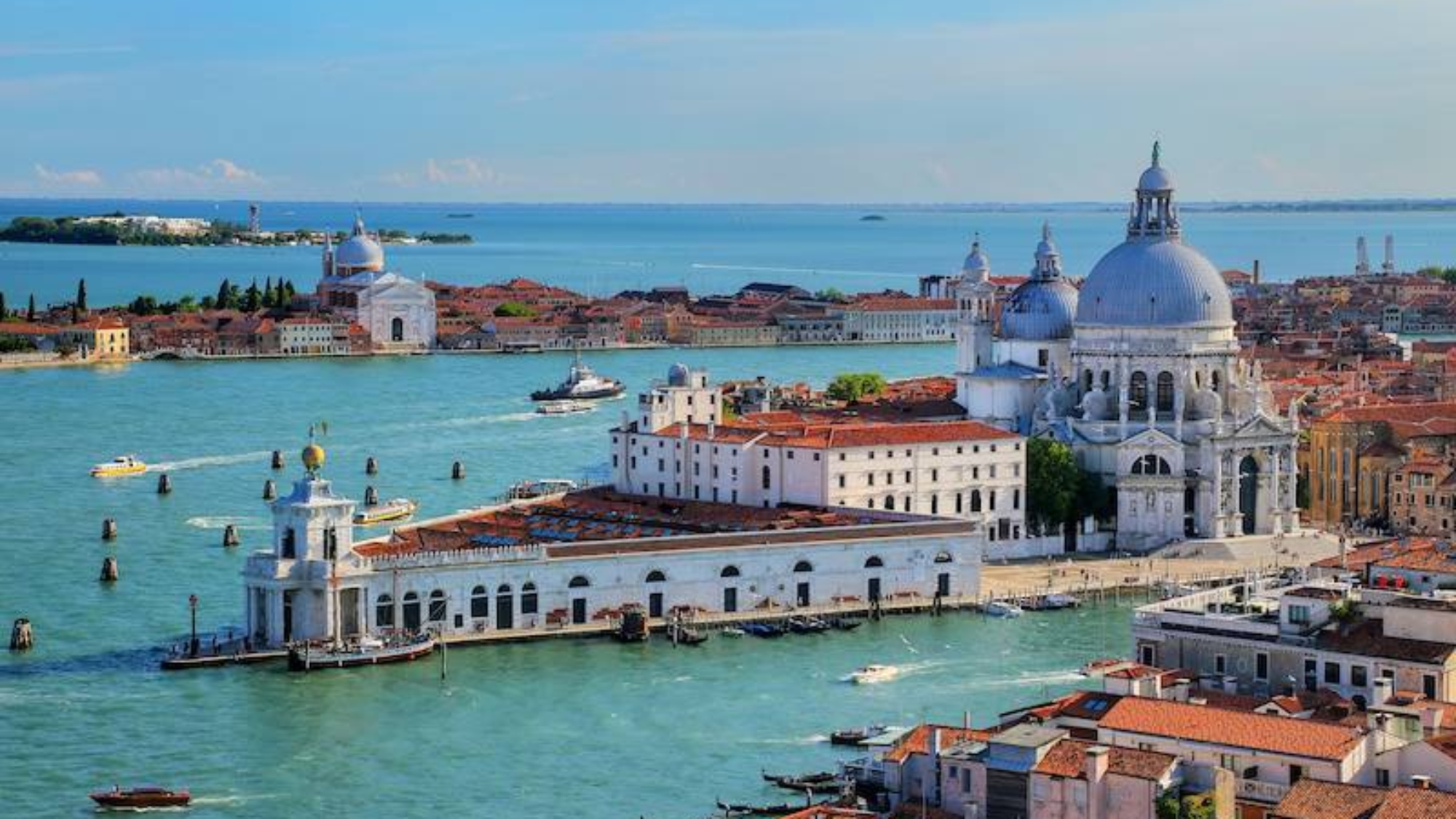Rome’s baroque churches dazzle with frescoes, gilded altars, and dramatic architecture. Yet beneath their luminous facades lies another Rome—a hidden world of crypts, catacombs, and secret passages that whisper stories of faith, power, and mystery. Exploring these underground spaces is like peeling back centuries, uncovering the city’s layered history.
To dive deeper into these mysteries with expert guidance, our Rome tours include itineraries that reveal crypts, hidden chambers, and subterranean treasures far from the tourist crowds.
Basilica di San Clemente: A Journey Through Time
Perhaps the most famous example of Rome’s underground layers, the Basilica di San Clemente near the Colosseum offers a journey through history:
- The baroque church on top dazzles with 17th-century frescoes and mosaics.
- Below lies a 4th-century basilica filled with early Christian art.
- Descend further to find a 1st-century Roman house and a Mithraic temple.
It is a perfect illustration of Rome’s eternal layers, stacked one on top of the other.
Santa Maria della Concezione dei Cappuccini
Known as the Capuchin Crypt, this church on Via Veneto holds one of Rome’s most macabre yet fascinating undergrounds. The chapels are decorated with the bones of over 3,000 friars, arranged in artistic patterns.
Far from being morbid, the crypt conveys a powerful message about the passage of time, with the inscription: “What you are now, we once were; what we are now, you shall be.”
Gesù e Maria al Corso: Hidden Crypts
Along Via del Corso, the church of Gesù e Maria hides crypts that are rarely visited. Beneath the ornate baroque interior, you’ll find burial chambers of noble families and clergy. These spaces reflect the close link between spirituality, art, and power in 17th-century Rome.
Santi Giovanni e Paolo al Celio
On the Celio Hill, beneath the baroque church of Santi Giovanni e Paolo, lies a labyrinth of Roman houses decorated with frescoes dating back to the 3rd century. Rediscovered in the 19th century, these underground rooms reveal pagan, Christian, and domestic life coexisting beneath a baroque sanctuary.
Santa Maria in Vallicella (Chiesa Nuova)
Built by Saint Philip Neri and the Oratorians, Chiesa Nuova conceals crypts and small chapels where early members of the congregation are buried. Though less famous than other sites, these spaces reflect the intimate spiritual life of Rome’s baroque era.
Why Explore Rome’s Underground Churches?
- Multiple histories in one place: Baroque churches often stand on top of early Christian or even Roman sites.
- Mystical atmosphere: Crypts and hidden passages carry an aura of silence and timelessness.
- Unique stories: From pagan temples to Christian martyrs, these undergrounds are where legends and history intersect.
Tips for Visiting
- Book guided tours: Some crypts and subterranean levels are only accessible with a guide.
- Dress appropriately: Many of these sites are still places of worship.
- Bring curiosity: Look for inscriptions, frescoes, and symbols often overlooked by casual visitors.
Final Thoughts
The undergrounds beneath Rome’s baroque churches are more than hidden chambers—they are time capsules where the city’s layered history reveals itself. From crypts lined with bones to ancient Roman houses preserved under sanctuaries, these subterranean worlds offer a journey into the forgotten depths of the Eternal City.





